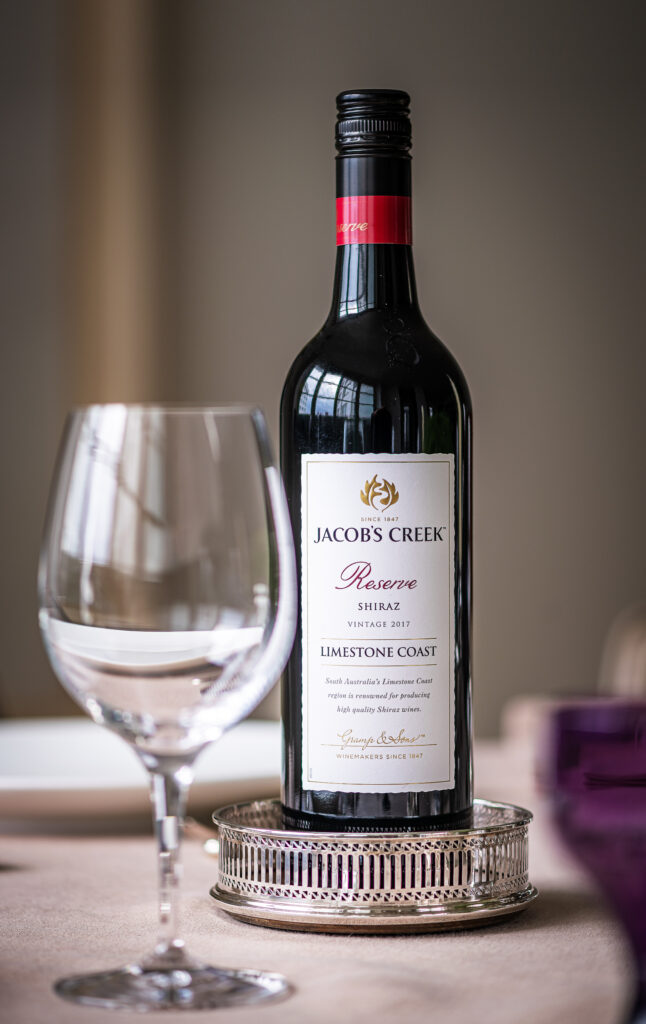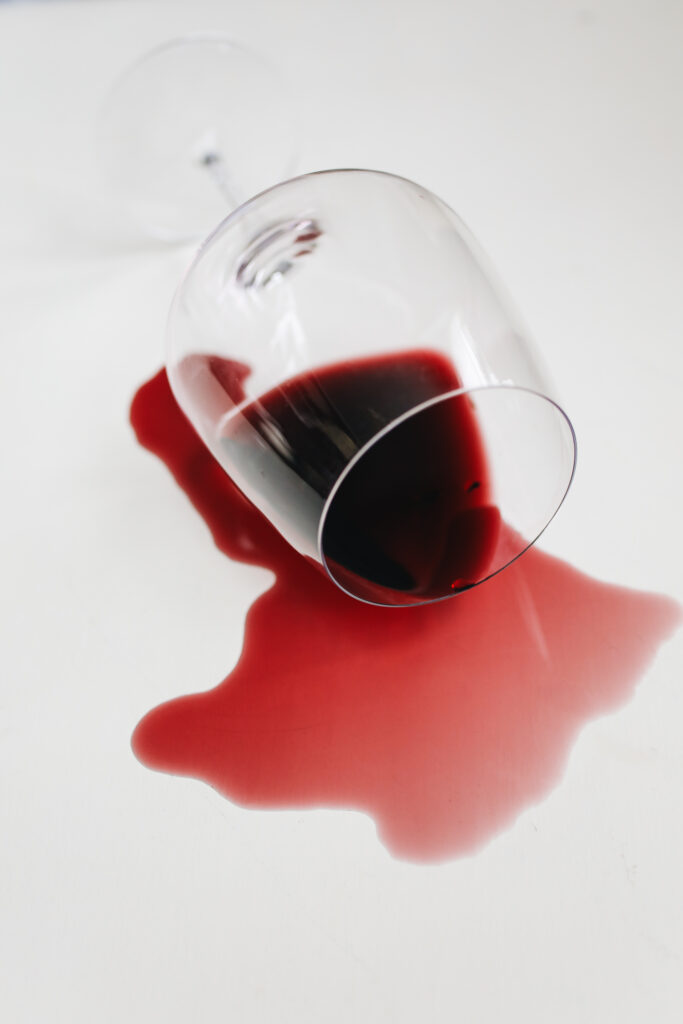In a shocking turn of events, a California wine company found themselves in hot water after illegally aging 2,000 bottles of wine at the bottom of the ocean. Ocean Fathoms, the company responsible, believed that the Santa Barbara channel provided the “perfect environment” for aging their wines. However, it turns out they never obtained the necessary permits, making their operation illegal. As a result, the Bureau of Alcoholic Beverages Control seized and destroyed the bottles, deeming them unfit for human consumption. Ocean Fathoms’ founders, Emanuele Azzaretto and Todd Hahn, pleaded guilty to several misdemeanors in a plea agreement. Despite the setback, Hahn remains hopeful that the company can return and continue aging wines in the ocean, but this time, with the proper permits.

Heading 1
In recent news, it has been discovered that the California wine company, Ocean Fathoms, illegally aged wine at the bottom of the ocean. This illegal practice has resulted in the wine being deemed not fit for human consumption. Moreover, the wine company failed to obtain proper permits from the California Coastal Commission and the U.S. Army Corps of Engineers. Additionally, they sold wine without a license and failed to pay the required taxes. As a consequence, the Bureau of Alcoholic Beverages Control seized and destroyed the wine. The founders of Ocean Fathoms have pleaded guilty to misdemeanors in relation to these illegal activities. This article will explore the importance of consumer and environmental laws, as well as the hope that Ocean Fathoms can return with the proper permits, given the high demand for wine aged in the ocean.
Heading 2
The Santa Barbara Channel has been regarded as the perfect environment for aging wine. It is believed that the ocean fathoms submerging the wine in the channel creates a unique and desirable outcome. After 12 months of submersion, the bottles are retrieved and sold at high prices, attracting wine enthusiasts. The Santa Barbara Channel offers the ideal conditions for aging wine, contributing to the popularity of this practice.

Heading 3
One of the main issues surrounding Ocean Fathoms is the lack of proper permits. The company failed to obtain permits from the California Coastal Commission and the U.S. Army Corps of Engineers, making their actions illegal. In addition to this, Ocean Fathoms sold wine without a business license and alcohol sales permit. Furthermore, they collected taxes from each purchase without paying the required taxes to the state. These failures to comply with legal requirements have resulted in severe consequences for the company.
Heading 4
The wines produced by Ocean Fathoms have been deemed “adulterated and not fit for human consumption” by the U.S. Food and Drug Administration (FDA). As a result, the Bureau of Alcoholic Beverages Control seized approximately 2,000 bottles of wine and destroyed them. The glass bottles, adorned with flora and fauna, were taken to a recycling center. This action was part of a plea agreement accepted by the founders of Ocean Fathoms, Emanuele Azzaretto and Todd Hahn. These individuals have also pleaded guilty to three misdemeanors, including illegally discharging material into U.S. waters, selling alcohol without a license, and aiding and abetting investor fraud. They are required to pay $50,000 in restitution to one of the investors affected by their actions.

Heading 5
The case of Ocean Fathoms highlights a complete disregard for consumer and environmental laws. District Attorney John T. Savrnoch emphasizes the importance of holding companies and individuals accountable for violating such laws. The investigation into Ocean Fathoms involved the cooperation of multiple state and local agencies, demonstrating the commitment to enforcing these regulations. The plea agreement made by the founders of Ocean Fathoms further emphasizes the significance of consumer and environmental protection in the wine industry.
Heading 6
Despite their legal troubles, Ocean Fathoms remains hopeful for the future. They aspire to return to the wine industry with the proper permits. The demand for wine aged in the ocean is still high, indicating the continued interest of consumers in this unique aging method. Santa Barbara’s reputation as an ideal environment for wine aging further fuels the company’s hopes of returning to the market.
Heading 7
The Santa Barbara Channel has been praised as a perfect environment for aging wine. The unique underwater conditions created by ocean fathoms make this location particularly appealing. Despite the legal setbacks faced by Ocean Fathoms, the company and wine enthusiasts recognize the potential of Santa Barbara as a prime location for this aging practice. The idyllic setting and proximity to Santa Barbara make it an ideal day trip destination for wine lovers.
Heading 8
The demand for wine aged in the ocean remains high. Despite the legal issues faced by Ocean Fathoms, consumers continue to be intrigued by the unique flavors and qualities that ocean aging imparts on wine. This demand showcases the ongoing interest in new and innovative methods of wine production.
Heading 9
The Santa Barbara Channel offers a supportive environment for wine aging. The ocean fathoms provide the perfect combination of factors necessary for the development of complex flavors and characteristics in wine. With the right permits and adherence to legal requirements, wineries in Santa Barbara can take advantage of this unique opportunity to create exceptional wines.
In conclusion, the case of Ocean Fathoms highlights the importance of complying with consumer and environmental laws in the wine industry. Their illegal actions resulted in the destruction of wine deemed unfit for human consumption. However, the Santa Barbara Channel remains an ideal environment for aging wine, and the demand for such wines is still high. With the proper permits and compliance with regulations, wineries in Santa Barbara can continue to explore the potential of ocean aging and provide wine enthusiasts with unique and exceptional products.
